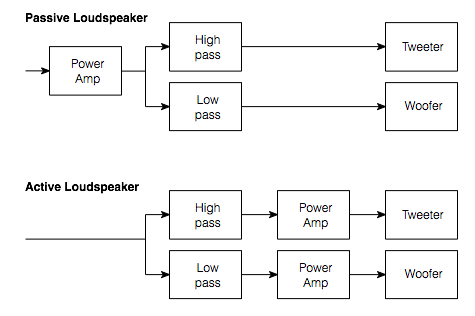Has anyone auditioned the relatively new Dynaudio active Focus line (10, 30, or 50)? The 10 had a positive review in the new Stereophile and online. The 50 has had some solid reviews as well.
Powered speakers show audiophiles are confused
17 of 23 speakers in my studio and home theater systems are internally powered. My studio system is all Genelec and sounds very accurate. I know the best new concert and studio speakers are internally powered there are great technical reasons to design a speaker and an amp synergistically, this concept is much more important to sound quality than the vibration systems we often buy. How can an audiophile justify a vibration system of any sort with this in mind.
- ...
- 1204 posts total
- 1204 posts total


